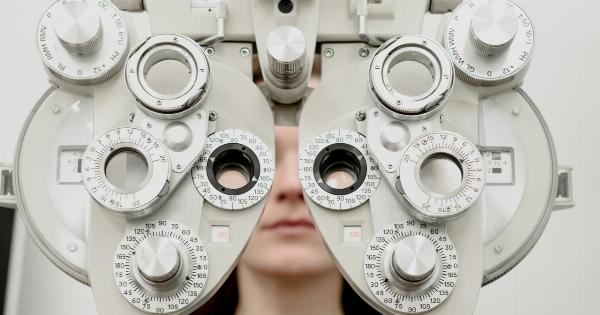Alzheimer’s disease, a progressive neurological disorder that affects memory, cognition, and behavior, is a growing concern worldwide.
With no known cure, early detection and accurate diagnosis of Alzheimer’s is crucial for effective management and potential intervention strategies.
While traditional methods of assessment such as cognitive tests and brain imaging play a significant role, ophthalmic evaluation has emerged as a promising and non-invasive approach to aid in the early detection and monitoring of this debilitating disease.
The Link between Alzheimer’s and the Eye
Research has demonstrated a connection between Alzheimer’s disease and changes observed in the eye.
The retina, a layer at the back of the eye responsible for receiving visual information, is an extension of the central nervous system and shares several features with the brain. Studies have shown that the retina undergoes structural and functional changes in individuals with Alzheimer’s disease, suggesting that ocular assessment could provide valuable insights into the presence and progression of the disease.
Ophthalmic Evaluation Techniques
Several ophthalmic evaluation techniques have shown promise in assessing Alzheimer’s disease:.
1. Retinal Imaging
Retinal imaging techniques, such as optical coherence tomography (OCT), fundus photography, and scanning laser ophthalmoscopy, allow for detailed visualization and measurement of the retinal layers and structures.
Changes in retinal thickness, particularly in the ganglion cell layer, have been observed in individuals with Alzheimer’s disease. These changes can be quantified and used as potential biomarkers for early detection and disease progression.
2. Contrast Sensitivity and Visual Function
Alzheimer’s disease can impact visual function, including contrast sensitivity, color vision, and visual acuity. Assessing these aspects using standardized tests can provide valuable information about the disease and its progression.
For example, the Pelli-Robson contrast sensitivity test measures an individual’s ability to distinguish different shades of gray, which can be compromised in Alzheimer’s patients.
3. Eye Movement Analysis
Eye movement abnormalities, such as saccadic eye movements and smooth pursuit eye movements, have been associated with Alzheimer’s disease.
Eye tracking devices and software can record and analyze these movements, providing quantitative data that may aid in early detection and monitoring of the disease.
4. Amyloid Imaging
Positron emission tomography (PET) imaging using amyloid-specific tracers can detect the accumulation of amyloid beta plaques in the brain, a hallmark of Alzheimer’s disease.
Recent studies have demonstrated the presence of amyloid beta plaques in the retina of Alzheimer’s patients, indicating the potential of non-invasive ophthalmic amyloid imaging as a diagnostic tool.
5. Biomarkers in Tears
Tears contain a variety of biomarkers, including proteins and inflammatory markers, which can provide insights into systemic diseases.
Researchers have identified potential biomarkers specific to Alzheimer’s disease in tears, making tear analysis a potential non-invasive and easily accessible method for assessment and monitoring.
Challenges and Future Directions
While ophthalmic evaluation shows promise in assessing Alzheimer’s disease, several challenges need to be addressed.
Standardization of protocols, interpretation methods, and validation studies are essential to establish these techniques as reliable diagnostic tools. Additionally, large-scale clinical trials and longitudinal studies are necessary to further validate the utility and effectiveness of ophthalmic evaluation in predicting disease progression and treatment response.
Conclusion
Ophthalmic evaluation techniques offer a non-invasive and potentially valuable approach to assess Alzheimer’s disease.
The ability to detect early structural and functional changes in the eye may provide clinicians with a tool for earlier diagnosis and intervention. As research continues to uncover the intricacies of Alzheimer’s disease, ophthalmic evaluation has the potential to play a significant role in improving the lives of individuals affected by this devastating disorder.



























